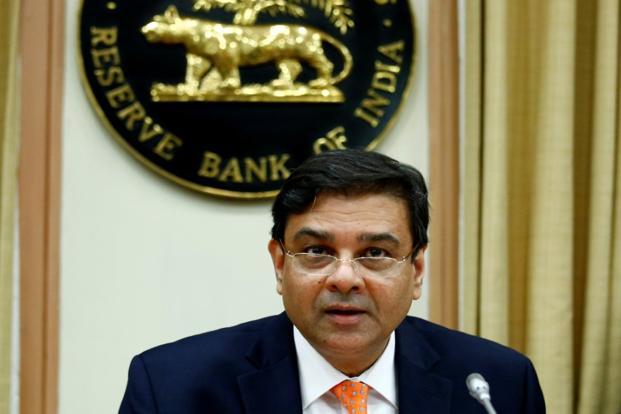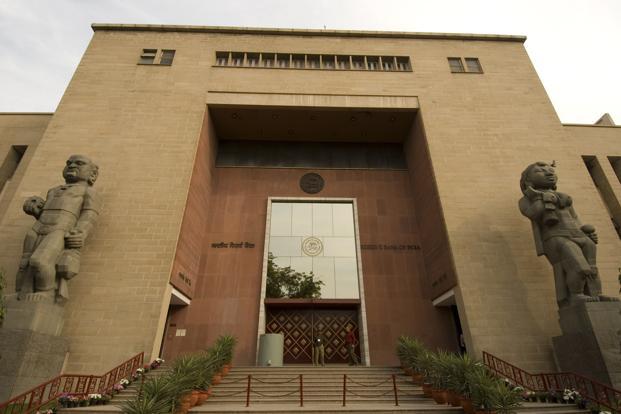Most economists expect two rate hikes by the Reserve Bank of India (RBI) between now and December, but there is no consensus on the time of the first hike. Will it happen on 6 June when RBI’s rate-setting body, monetary policy committee (MPC), meets or do we have to wait for the August meeting?
Since Urjit Patel took over as RBI governor in September 2016, all rate decisions have been taken by a six-member MPC. For a change, I would like to believe that the 6 June policy will be a governor’s policy.
Why am I saying so? Well, among MPC members, Ravindra Dholakia is a known dove. He is likely to continue to pitch for a neutral policy while Michael Patra, a known hawk, will surely root for a quarter percentage point rate hike. Among others, Viral Acharya had in the April meeting indicated that he would decisively vote for a beginning of “withdrawal of accommodation” in June. Seeing “growth signals strong” and “investment accelerating”, even Chetan Ghate flagged off his worry over rising core inflation and the structural risks to inflation.
If both Acharya and Ghate vote for a rate hike (along with Patra) and the other two—Pami Dua and Patel (along with Dholakia)—opt for the status quo, it will be three-all. The governor would have to exercise his casting vote to decide.
An alternative scenario is Patra and either Acharya or Ghate opting for a rate hike and Patel too joining them. In that case too, it will be three-all and Patel will have the casting vote. In the second scenario, Patel will surely cast his vote in favour of a rate hike as he is already in that camp. Either way, it is likely to be the governor’s policy.
In the last MPC meeting, like four others (Patra was in favour of a rate hike), Patel, who stuck to a neutral stance, was in favour of “waiting” for more data and “watching” various risks to inflation evolve.
Continuing its neutral stance, the MPC in April reiterated its commitment to achieving the medium-term target of 4% headline inflation.
After dropping to 4.28% in March, retail inflation in April accelerated to 4.64%. While food price inflation remained flat, core inflation quickened for six successive months to 5.9%, a four-year high. Along with this, rising crude oil prices, a depreciating local currency (at 64.88 to a dollar on 1 June, the rupee has weakened 3.36% since the last policy), and economic growth are reasons to go for a rate hike. India’s economy accelerated to 7.7% in the three months ended 31 March, beating the median estimate of 7.4%.
However, RBI may as well choose to wait for clarity on the minimum support price for summer crops, progress of monsoon and oil prices, besides more inflation data before biting the bullet although a change in the stance of the policy, from neutral to hawkish, is a given.
There are three likely scenarios.
First, RBI maintaining the status quo but changing the stance of the policy from neutral to hawkish, making it clear that a rate hike in imminent.
Second, RBI going for a rate hike and stating that the next action will be data-driven.
Third, RBI going for a rate hike and, at the same time, adopting a hawkish stance, indicating more rate hikes to come.
The market has already priced in a rate hike and if RBI chooses to go for the first option, it will remain behind the curve and run the risk of losing its credibility. Besides, uncertainties will rise and the 10-year benchmark yield will probably go past 8%. Between 5 April, when the last policy was announced, and 1 June, the yield on 10-year government paper rose by 72 basis points (bps), from 7.13% to 7.85% (one basis point is a one-hundredth of a percentage point). Similarly, yields on short-term treasury bills as well as commercial paper and certificate of deposits have risen sharply, more than a full percentage point for some maturities. All these happened without a rate hike.
The second option is ideal as it will kill uncertainties and stabilize the market even as the third option is highly unlikely, knowing RBI’s wont. Along with a rate hike, RBI’s stance on liquidity will determine the market rates.
In August 2017, RBI cut its policy rate by 25 bps to 6%. We may see action again this week. It’s a close call—and the call will be taken by the governor.



